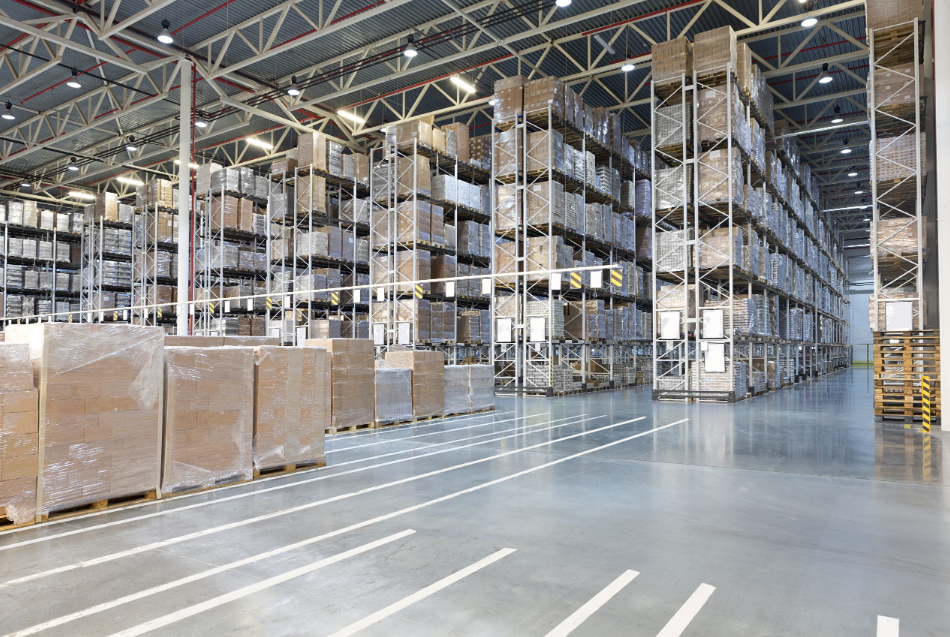The Ultimate Guide to Optimizing Space in Your Distribution Centre Design
In today’s fast-paced world of logistics and supply chain management, the layout and design of your distribution center can make all the difference in maximizing efficiency and reducing operational costs. Whether you’re setting up a new facility or revamping an existing one, optimizing space is key to streamlining operations and improving productivity. In this comprehensive guide, we’ll explore strategies and best practices for optimizing space in your distribution centre design to achieve optimal results.
Understanding Distribution Centre Design
Distribution centre design encompasses the layout, organization, and utilization of space within a facility to facilitate the smooth flow of goods from receiving to storage to shipping. A well-designed distribution center not only maximizes storage capacity but also minimizes travel distances, reduces congestion, and enhances overall operational efficiency.
Key Strategies for Optimizing Space
- Vertical Storage Solutions: To make the most of limited floor space, consider implementing vertical storage solutions such as mezzanine levels, multi-tier shelving systems, and vertical carousels. These systems allow you to maximize storage capacity without expanding the footprint of your facility.
- Efficient Racking Systems: Choose racking systems that are tailored to the specific needs of your products and operations. Selective pallet racking, push-back racking, and drive-in racking are examples of efficient racking systems that optimize space while providing easy access to inventory.
- Dynamic Slotting: Implement dynamic slotting techniques to ensure that fast-moving items are positioned closer to shipping areas, while slower-moving items are stored in less accessible locations. This reduces travel time for pickers and improves overall order fulfillment efficiency.
- Utilize Logistics Automation: Embrace logistics automation technologies such as automated guided vehicles (AGVs), conveyor systems, and robotic picking solutions to streamline material handling processes and maximize space utilization. Automation not only improves efficiency but also reduces labor costs and minimizes the need for excessive floor space.
- Flexible Layout Design: Design your distribution center with flexibility in mind to accommodate changing business needs and fluctuations in demand. Incorporate modular storage solutions, adjustable shelving, and reconfigurable workstations that can easily adapt to evolving requirements.
Conclusion
In conclusion, optimizing space in your distribution centre design is essential for maximizing efficiency, reducing costs, and staying competitive in today’s rapidly evolving marketplace. By implementing vertical storage solutions, efficient racking systems, dynamic slotting techniques, embracing logistics automation, and designing with flexibility in mind, you can create a distribution center that is efficient, productive, and future-proof.





